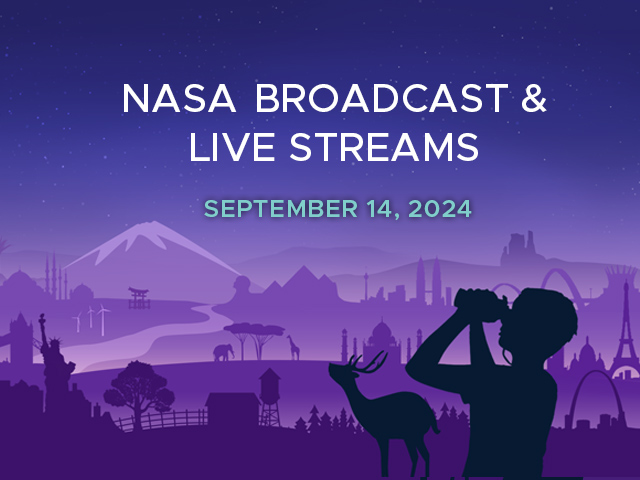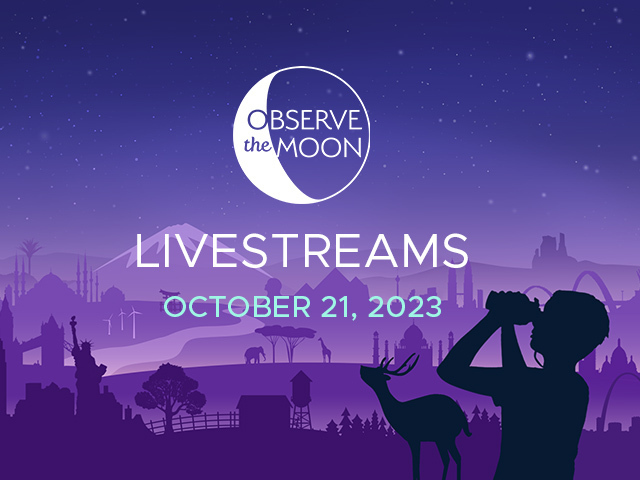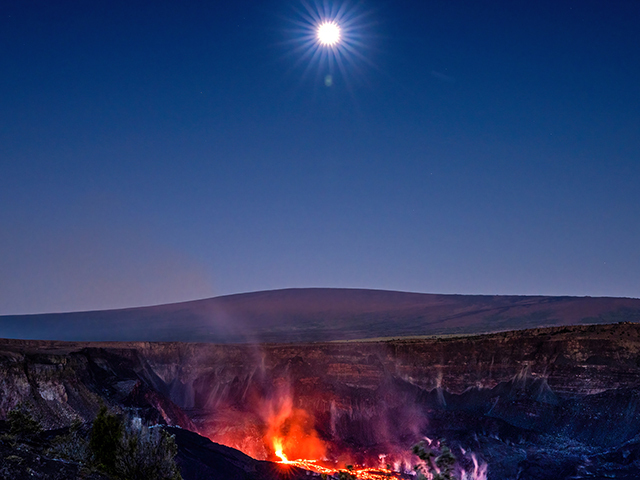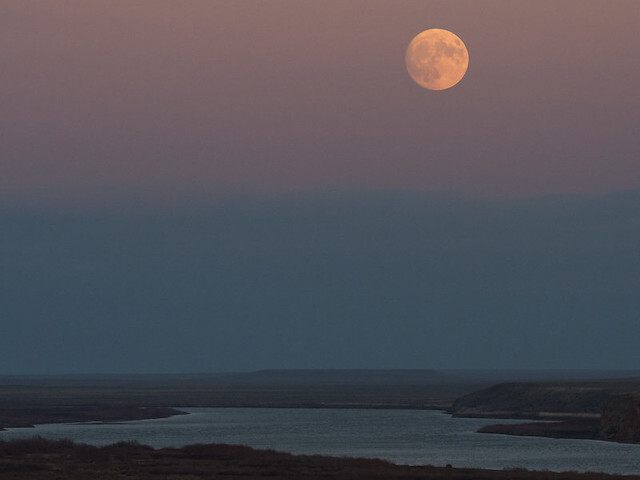News | October 23, 2017
10 Things: International Observe the Moon Night
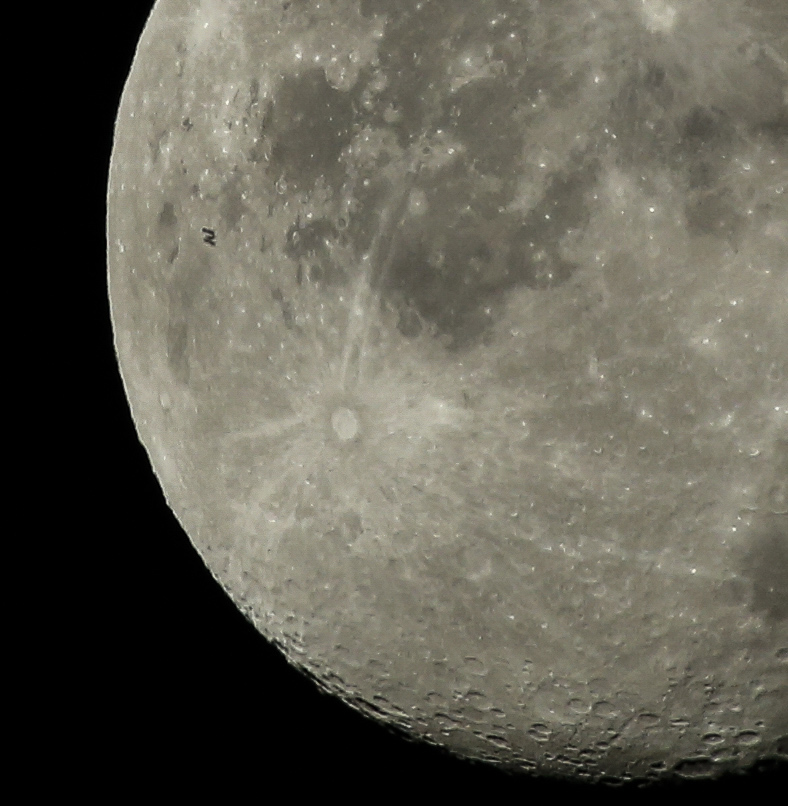
The International Space Station, with a crew of six onboard, is seen in silhouette as it transits the Moon at roughly five miles per second Sunday, Aug. 2, 2015, Woodford, VA. Photo Credit: (NASA/Joel Kowsky)
Weather permitting, you can observe the Moon most nights, unless it’s a new moon, when the lighted side of the Moon faces away from Earth. The Moon is by far the brightest object in the night sky and there’s plenty to see. But this week is special. October 28 is International Observe the Moon Night (also known as InOMN). Here’s all you need to know to join in and celebrate:
1. One Planet. One Moon. One Night.
Everyone on Earth is invited to join the celebration by hosting or attending an InOMN event — and uniting on one day each year to look at and learn about the Moon together.
2. What’s Up?
October’s night skies are full of sights, from the first quarter Moon on InOMN to Saturn making a cameo appearance above the Moon October 23 and 24. Watch our What’s Up podcast for details.
3. Be Social
Hundreds of events are planned around the globe. Click the top link on this page for a handy map. You can also register your own event.
4. Don’t Just Stand There
Here are some activities for enhanced Moon watching.
5. Impress Your Friends with Moon Knowledge
Download InOMN flyers and handouts, Moon maps and even some pre-made presentations. There’s even a certificate to mark your participation.
6. Guide to the Face of the Moon
Almost dead center on the Earth-facing side of the Moon is the Surveyor 6 robotic spacecraft impact side. Apollo 12 and 14 are a bit to the left. And Apollo 11 - the first steps on the moon - are to the right. This retro graphic tells the whole story.
7. Moon Shots
NASA photographers have done some exceptional work capturing views of the Moon from Earth. Here are a few galleries:
-
You can’t have a solar eclipse without the Moon.
-
The 2016 “Supermoon” was pretty spectacular.
-
The Moon gets eclipsed, too.
-
That IS a Moon - AND the International Space Station.
-
The Moon is always a great photo subject.
-
Some spooky shots of the 2014 “Supermoon.”
-
And 2013.
-
Tips from a NASA pro for photographing the Moon.
8. Walking on the Moon
Twelve human beings walked on the face of the Moon. Here are some of the best shots from the Apollo program.
9. Moon Watch
NASA’s Lunar Reconnaissance Orbiter is up there right now, mapping the moon and capturing some spectacular high-resolution shots.
10. Keep Exploring
Make NASA’s Moon portal your base for further lunar exploration.


